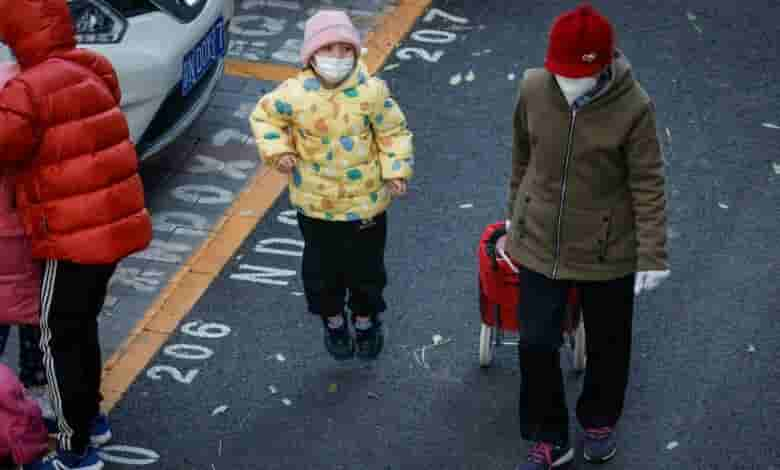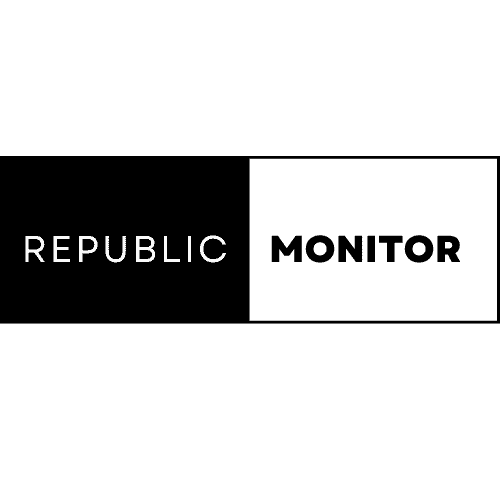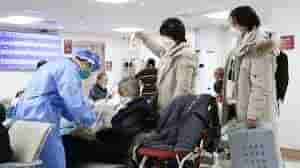China has issued a call for increased healthcare resources and facilities as the country grapples with a surge in respiratory infections. The National Health Commission (NHC) urged local authorities to expand the number of health clinics to accommodate the rising number of fever patients.

China Calls for Healthcare Augmentation in Response to Respiratory Disease Outbreak
The NHC clarified that the outbreak is attributed to “known pathogens,” easing concerns about a novel and unidentified threat. Commission spokesperson Mi Feng emphasized that the surge in acute respiratory infections is linked to the simultaneous circulation of various path
ogens, with influenza being a predominant factor. The circulating pathogens include rhinovirus, mycoplasma pneumoniae, and respiratory syncytial virus.
Mi urged authorities to take proactive measures, including the increase of clinics, extending service hours, ensuring medication supply, and implementing epidemic prevention and control measures in crowded places like schools, childcare institutions, and nursing homes. The move is aimed at restricting the movement of people and visits to contain the spread of respiratory infections.
Notably, cases among children are notably high in northern regions, such as Beijing and Liaoning province, leading to longer waiting times for medical treatment. The World Health Organization (WHO) has sought epidemiological and clinical information from China, particularly regarding clusters of pneumonia in children.
Chinese health authorities have shared data on surveillance, detection of pathogens, and details of diagnostic and treatment protocols with WHO representatives. The emphasis has been placed on vaccination, especially for vulnerable populations like the elderly and individuals with underlying health conditions.
To address the surge in respiratory infections, the NHC has instructed major medical institutions to provide technical assistance to primary-level medical facilities, enhancing their diagnostic capabilities and treatment capacity. The commission aims to improve the overall capacity for diagnosis and treatment of common respiratory infections in community health centers and hospitals.
Since mid-October, northern China has reported an increase in influenza-like illnesses compared to the same period in the previous three years. WHO has advised Chinese citizens to get vaccinated, maintain distance from infected individuals, stay home when ill, get tested, wear masks, and ensure good ventilation to reduce the risk of further spread.
In conclusion, China’s response to the respiratory disease outbreak involves a multi-faceted approach, including the expansion of healthcare facilities, implementation of preventive measures, and emphasis on vaccination. The collaboration with international health organizations like WHO reflects a commitment to transparency and global efforts in managing and controlling the spread of respiratory infections.
















